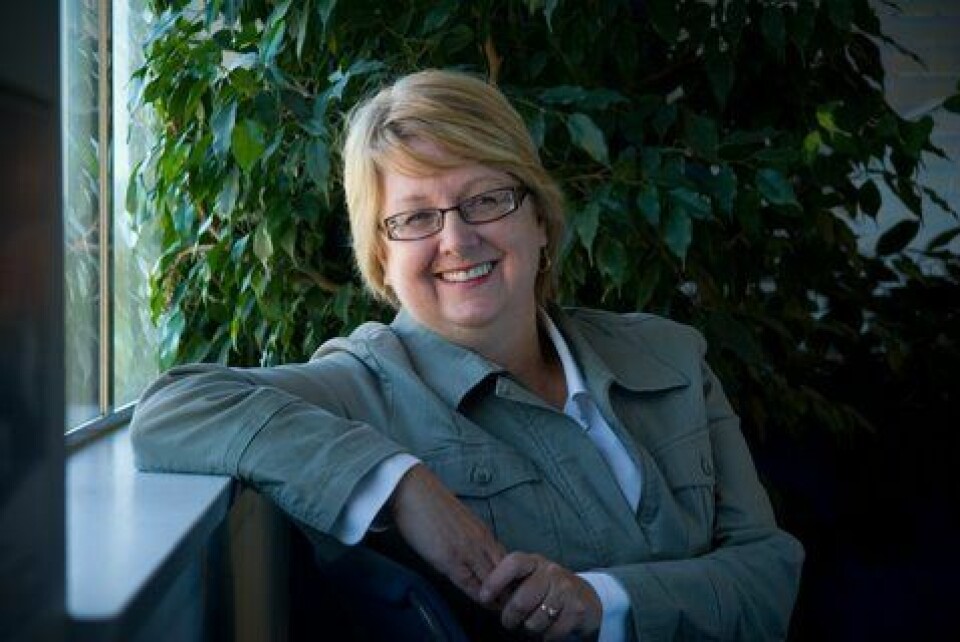
Salmon farmers to address inquiry
When some 10 million sockeye salmon failed to return to the mighty Fraser River last summer, the fall-out could be predicted; hold an inquiry and blame the salmon farmers, even though there are no salmon farms anywhere near the river. An easy but inappropriate scapegoat? In an article to The Vancouver Sun the Executive Director of the B.C. Salmon Farmers Association Mary Ellen Walling pledges to provide any information that may help people understand what goes on at the Province’s salmon farms;
BC’s salmon farmers and their opponents agree on more things than they’ll probably admit to. They both agree, for example, that feed for salmon needs to be as efficient as possible to reach true sustainability. They also agree that sea lice needs diligent attention and monitoring. They definitely agree that wild salmon are a marvel of nature and key part of the province’s heritage and culture. What they don’t agree on is how to assess the declining populations of wild stock – and that disagreement is about to come into sharp focus with the upcoming Judicial Sockeye Inquiry.
The inquiry, called in November 2009 by the federal government, will have the Honourable Bruce Cohen investigate the reasons for the decline of sockeye salmon in the Fraser River. The BC Salmon Farmers Association – along with close to 60 organizations and individuals, have applied for standing. Many of the applicants are outspoken salmon farming opponents who have worked on anti-salmon farming campaigns for many years. Their most recent claim is that there is a direct correlation between the wild decline to the farms in the coastal waters of BC.
Here’s the thing though – salmon farms are nearly 100 kilometres from the mouth of the Fraser. And salmon stocks in rivers like the Skeena have dropped as well, despite the fact that their juvenile sockeye go nowhere near salmon farms. If salmon farms are responsible for sea lice, why are the numbers of infestations of sea lice on wild salmon the same in areas away from farms as near them? There are clearly many other factors challenging the Sockeye’s survival.
Our concern is that this inquiry – which has the potential to find real answers and potential solutions to the wild salmon question - will deteriorate into another inquiry on salmon farming alone. That’s not the answer. Science is already showing linkages between climate change, increasing sea temperatures and the change in marine environments. Just looking at the banks of the Fraser River and its industrial activity has to raise questions about habitat impacts.
Salmon farmers hope to be represented at the inquiry, so that we can explain that we work under some of the most rigorous regulations and standards in the world and believe in going beyond to continue improving the industry. We are significant contributors to salmon enhancement efforts and leaders in marine research.
Getting rid of salmon farms may seem like an easy answer to the Sockeye question, but it’s simply not. All that would achieve is the destruction of 6,000 direct and indirect jobs and removal of $800-million from the provincial economy – while leaving alive the multitude of factors our wild salmon are challenged by. Working together to find solutions is the key – and we’re at the table ready to contribute.




















































